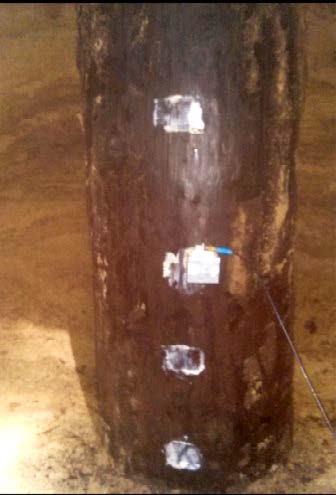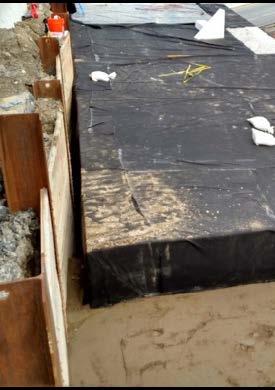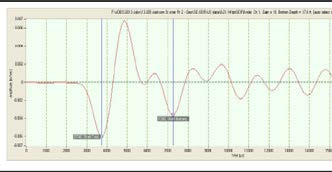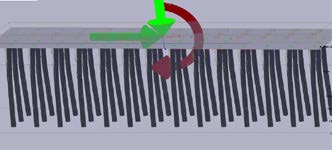Saving a Bridge Foundation
Massachusetts Department of Transportation
Jackson Road (over Route 2), Devens, Massachusetts


Scope of Foundation Work
Technology used, reason for the reuse:
Existing timber pile foundations were re-used beneath a two span bridge where the superstructure was replaced. Historical records such as pile logs were available from the original construction in the early 1950s. After the engineering study proved that the piles could be successfully re-used, the piles were physically evaluated to confirm integrity. Select piles were exposed, visually observed, cored, and NDT was performed to verify lengths. The piles were found to be in pristine condition and the tested lengths matched those recorded in the logs.
Methodology to determine existing capacity:
The pile resistances were back-estimated by modeling the pile driving log data, hammer information, and subsurface soil conditions into the wave equation. Group analysis of the abutment and pier piles were performed to determine the new individual pile loads. The pile resistances were then compared to the factored pile loads. The pier piles could be re-used as-is. However, in the abutments, the loads slightly exceeded the resistances. Geofoam lightweight backfill was used as a solution to reduce the loads and allow re-use of the abutment piles as well.
Retrofit construction activities conducted:
The piles were found to be in pristine condition from the NDT and coring. The use of the lightweight Geofoam fill allowed the new factored loads to be within the as built factored resistance determined from the Wave Equation.
Conclusions
Cost savings:
The actual cost saving were never formally calculated, however, it is estimated that the cost would be around $1,000,000 including demo of existing piles, installation of new pile foundations, and testing. There also was several months in time savings as a result of not installing the piles.
Three cost saving statistics:
- 1. Around $1,000,000 in cost savings.
- 2. Several months reduction in construction schedule.
- 3. Reduced carbon footprint.



